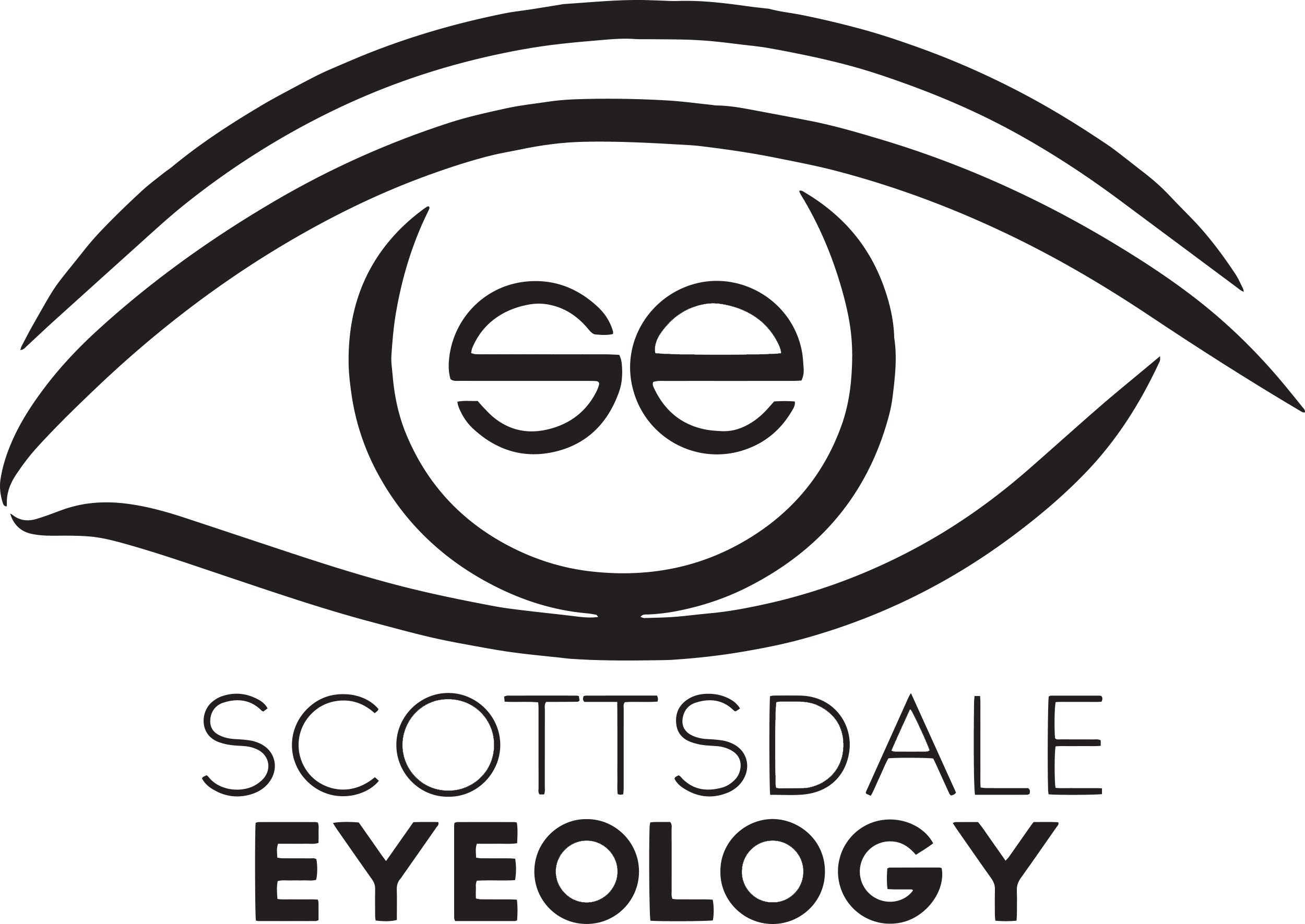In today’s fast-paced world, with the prevalence of digital devices and indoor activities, an increasing number of people are experiencing a common vision problem known as myopia, or short-sightedness. Myopia occurs when distant objects appear blurry while close objects remain clear. This condition is an inconvenience and has potential long-term consequences if not properly addressed. In this blog, we will delve into the causes, prevention, and management of myopia to help you understand and navigate this visual challenge.
Understanding About Myopia
Myopia is primarily caused by the elongation of the eyeball, which disrupts the proper focusing of light onto the retina. This leads to distant objects being focused in front of the retina, resulting in blurred vision. Genetics plays a significant role in determining the risk of myopia. If one or both parents are myopic, the likelihood of their children developing myopia increases.
The Impact of Myopia on Lifestyle and Environment
While genetics play a crucial role, environmental factors also significantly contribute to myopia development. One of the most notable factors is the time spent indoors, especially engaging in activities such as reading, using digital devices, or playing video games. Prolonged near-focused activities strain the eyes and contribute to the elongation of the eyeball, exacerbating myopia. Additionally, inadequate outdoor time has been associated with a higher risk of myopia development. Spending time outdoors exposes the eyes to natural light and encourages the eye to focus on distant objects, promoting healthy eye development.
Prevention From Myopia
Preventing myopia involves a combination of lifestyle adjustments and proactive measures. Encouraging regular outdoor activities, especially in natural light, can help promote healthy eye development and reduce the risk of myopia. Additionally, practising good visual hygiene, such as following the 20-20-20 rule to reduce eye strain from screens, maintaining proper lighting conditions, and ensuring a comfortable screen distance, plays a pivotal role in prevention. By fostering a balanced routine that includes outdoor time, engaging in various activities, and taking care of our eyes, we can significantly decrease the likelihood of myopia development.
Managing Technique in Myopia
Managing method of myopia involves a range of approaches to slowing its progression and ensuring clear vision. Corrective measures like eyeglasses and contact lenses with concave lenses can provide immediate clarity for distance vision. For those seeking non-invasive options, orthokeratology (Ortho-K) lenses can reshape the cornea overnight, enabling clear daytime vision without needing eyewear. Multifocal contact lenses and atropine eye drops also offer alternatives to manage myopia’s advancement. However, lifestyle adjustments remain crucial even after myopia has developed. Individuals can actively manage their myopia and preserve their visual health by continuing outdoor activities, practising good screen habits, and maintaining regular eye check-ups.
Conclusion
Myopia is a prevalent vision issue that can significantly impact one’s quality of life. However, by understanding its causes, prevention strategies, and management options, we can take proactive steps to protect our vision and the vision of our loved ones. Embracing a balanced lifestyle that includes outdoor activities, proper screen usage, and regular eye check-ups can go a long way in preventing and managing myopia. Remember, our eyes are precious, and with the right care, we can maintain clear and healthy vision for years.


